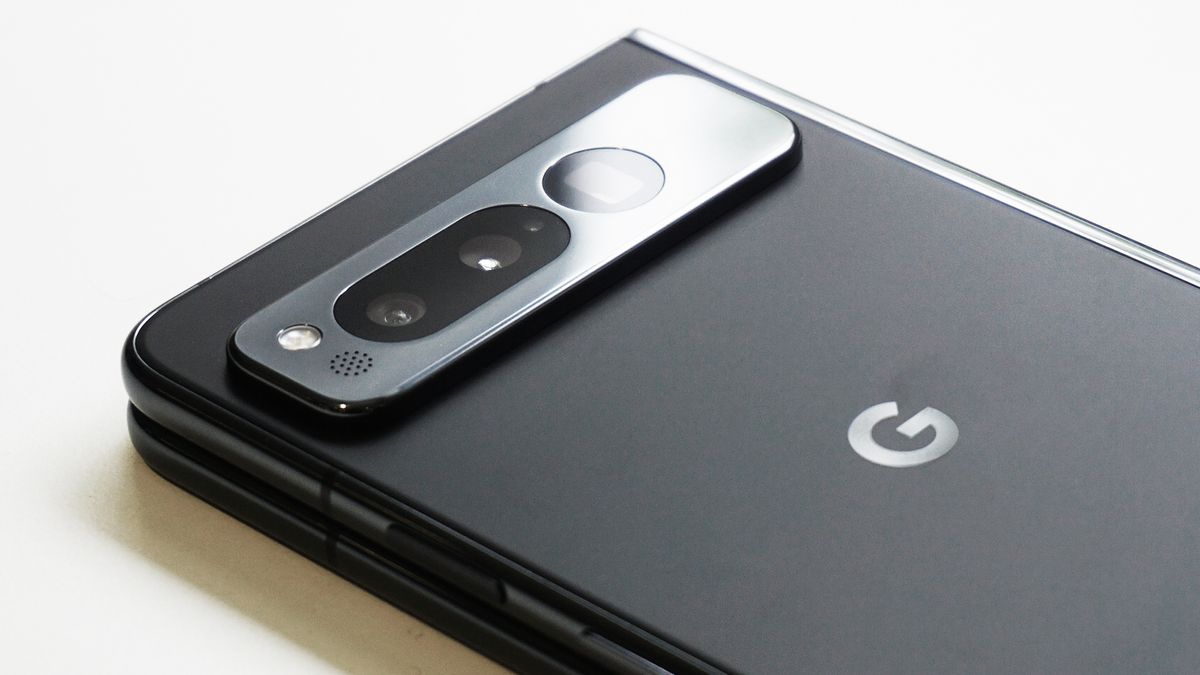If you've been searching for the best wireless headphones or the best noise canceling headphones, you'll notice that basically all of them have a mode that allows you to not only turn off the noise cancellation, but also amplify outside sounds. Different manufacturers call it different things, such as Transparency Mode (Apple), Aware Mode (Bose), or Ambient Mode (Sony). So, let's discuss why it is useful and how it works.
The problem with noise cancellation is that sometimes you don't want to cancel external audio. You may need it for situational awareness so you can hear if a bus is approaching or if your plane is boarding. Or maybe you just want to be able to listen to your partner, your children, or your colleagues when they need you. Turning off ANC isn't enough to do that, because when you have headphones on or on, there's still a level of passive noise blocking. You can take off the headphones or remove the headphones, but if you still want to listen to something, you can switch to Transparency Mode.
The ABCs of the ANC
Before we can talk about Transparency Mode, we need to do a quick rundown on active noise cancellation, because Transparency Mode relies on it. Unlike passive noise cancellation, which occurs when headphones act as earplugs and reduce the levels of audio entering your ear canals by physically blocking them, ANC is much more high-tech. It uses external microphones to create a pattern of the sound waves coming toward you, and then inverts the wave pattern and plays that inverted wave through the headphones to literally cancel out the frequencies you want to eliminate.
Imagine a series of waves where the peaks are +5 and the lows are -5. The reverse wave simply does the opposite of what the original sound wave does: when there is a +1, it counteracts it with a -1, and when there is a -1, it adds a +1. The final result is zero, that is, no sound. Of course, it's a little more complex than that explanation, but that's the basic principle behind the ANC. You can read more in our guide on how active noise cancellation works.
Three types of systems are used with ANC. The most common and affordable ANC has external microphones to listen to the sound around you, and that is known as feedback ANC. Less commonly, some ANC systems (usually headphones rather than headphones) have their microphones facing inward to hear the sound closer to your ears. That's called feedback ANC. And the latest ANC systems have both, for the highest possible accuracy. This is known as hybrid ANC.
What Transparency Mode adds to ANC
With Transparency Mode and similar systems, external microphones listen to the world around you and then channel that sound to your ears. That sound is processed before playing to make it sound realistic instead of horrible and tinny, and blends into the music.
The benefit is that you can hear. But the downside is that you no longer cancel external audio, although some manufacturers offer a mode that combines transparency with some noise cancellation power. On the AirPods Pro 2, for example, this is called Adaptive Transparency and offers more focused audio, eliminating background noise but preserving foreground noise, such as the speech of the person you are with. This can be further enhanced by using dedicated processing modes, such as Conversation Boost, which amplifies speech without boosting everything else too much.
There is another option: Loud sound reduction. That's a version of Transparency Mode that once again lets you hear some of the outside world, but can detect sounds like construction work and the general background environment and eliminate them. Apple's version attempts to eliminate sound that reaches above 85 dB, which is about the sound level of a blender, lawnmower, or subway train; It is the level beyond which hearing loss can begin to occur if listened to regularly.
These modes are not a substitute for dedicated hearing protection: If you're working on a construction site, at a stadium concert, or at a shooting gallery where hearing protection is mandatory, you still need something dedicated, but the best noise-canceling headphones noise are a real help in the busiest situations. Places like city streets during the day, where sirens and drills tend to provide a constant soundtrack.
There is another benefit of transparency mode. Full ANC can feel a little strange at times: good noise cancellation can remove so much audio that you can feel a little disconnected; We've seen some people describe it as feeling some “pressure”, like when your ears swell with changes in altitude. We found that Transparency Mode that allows some of the outside in can greatly reduce that effect.

What are the disadvantages of transparency mode?
Because Transparency Mode uses similar processing to ANC, it has a similar effect on the battery life of your headphones or earbuds; You can turn it off and ANC for longer life.
And, of course, there is another disadvantage. Transparency mode means you can hear things happening around you, which isn't so great if you're sitting next to someone loudly scrolling through TikTok. It will mean that it will be harder to listen to your music than with just ANC on.
And not all transparency modes are the same! Some cheap headphones can make outside sounds seem robotic or difficult to differentiate from one another; some may be also transparent, where it seems that the outside world is too amplified.
How can I get Transparency Mode?
If you have noise-canceling headphones or earphones from the last few years, you probably already have them: it's on the AirPods Pro 2 and AirPods Max; the best Sony headphones with ANC, the best Bose headphones, the best Beats headphones, and just about everything else. and in many more. Switching from normal ANC to Transparency mode or its equivalent is usually just a matter of pressing a button on the headphones, but there may be a mode to activate in the headphones app.









